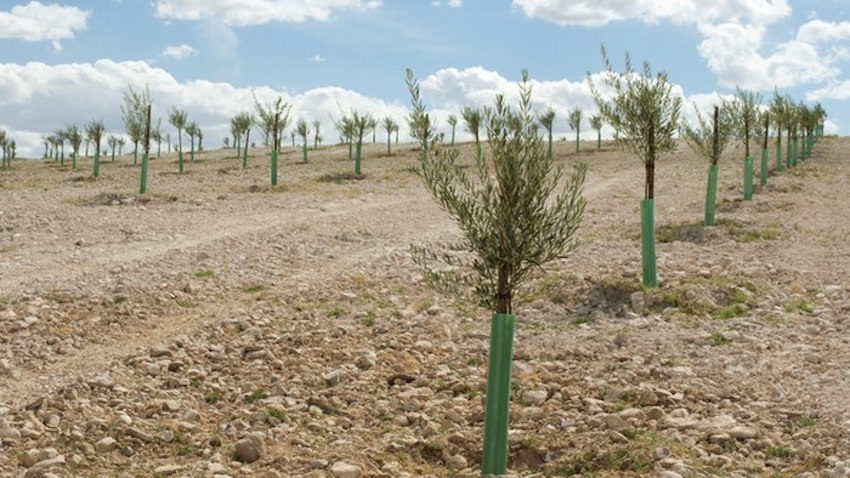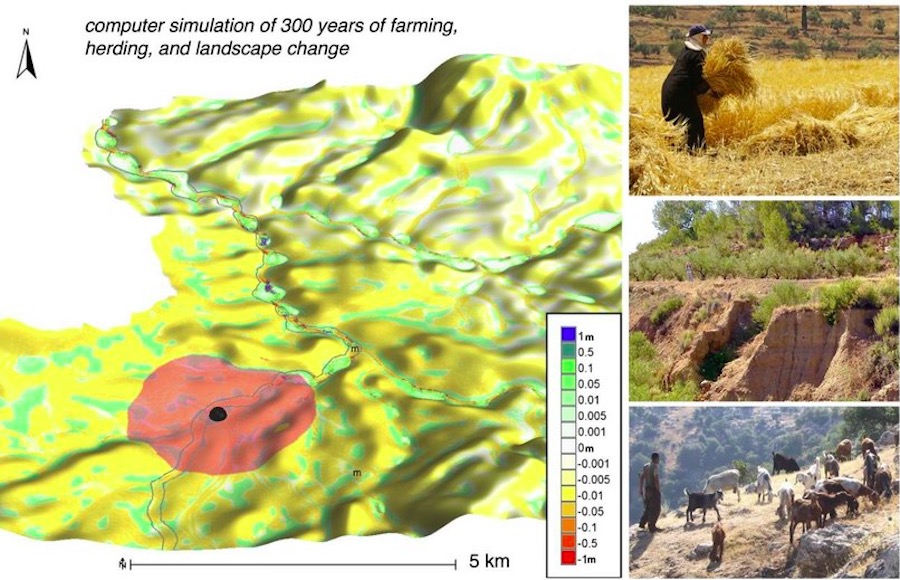
Photo Credit : Shutterstock
Human use of land for crops and herds has completely altered the world’s landscapes. A new field of research called experimental socio-ecology looks to the past to predict the consequences of this type of human activity in the future. Researchers at Arizona State University have spent the last 10 years studying the effects that small-scale farmers have had on land in the Mediterranean, and now they have released a report with the findings of the project.
The team focused on small-holder farmers and herders, who account for more than 70 percent of the world’s food production and can dramatically transform the landscape over long stretches of time.
The team combined computer modeling with field research to gain insight into how human activity and natural phenomena began to interact to create so-called “socio-ecological landscapes,” such as the terraced fields, orchards and pastures found in the Mediterranean region.
The researchers drew from a range of data categories, including farming practices, soil types, plant cover, climate and other environmental data. All this information was used as the basis of complex computer models of the impacts those various practices can have on landscapes.
The consequences of those impacts in past eras were also simulated. The idea is that a model that can predict the past is more reliable in predicting future consequences of different farming practices employed in the present time.
From our partners:
One of the findings of the project is that there are impact thresholds that separate success from failure. If farming communities grow beyond those thresholds, their practices can go from successful working of the land to a point where it’s no longer able to support them.
“Go beyond the threshold and everything goes south. Continuing to do the same things that were successful in grandfather’s day produces increasing problems today.”
~ MICHAEL BARTON – Professor ASU’s School of Human Evolution and Social Change~
The research also found a potential reason for most farmers either focusing on cultivating crops or herding animals is that those that attempt both in equal measures eventually fail.
“What happens is when the population starts to grow, the people who are 50/50 expand operations, but then they have dramatic crashes and sometimes never recover,” says Barton. “It looks like people who are half and half farming and herding are not practicing a sustainable way of life over the long term. It also explains why the world is divided into people who produce our food by mostly farming and who do it mostly by herding.”

Additionally, the research revealed how large-scale environmental change in the Mediterranean is affected by long-term small-scale farming practices.
“This work has helped us differentiate between environmental changes driven by climate and environmental changes driven by human land use,” says Barton. “We are finding that there may be really strong signatures where the impact of landscape change occurs and they seem to be affected differently by human activity or by climate change.”
Though they focused on the Mediterranean region, the researchers claim their method and computer models can be applied to any semi-arid landscape. This method, they add, is the way forward to understanding human interaction with the land in the future.
“Our work includes research on the impacts of different land-use practices on different landscapes, under different climate conditions,” Barton said. “So it can help us anticipate, and possibly plan for, changes in the consequences of farming and herding practices under different climate conditions of the future.”
This feature originally appeared in GizMag.

















